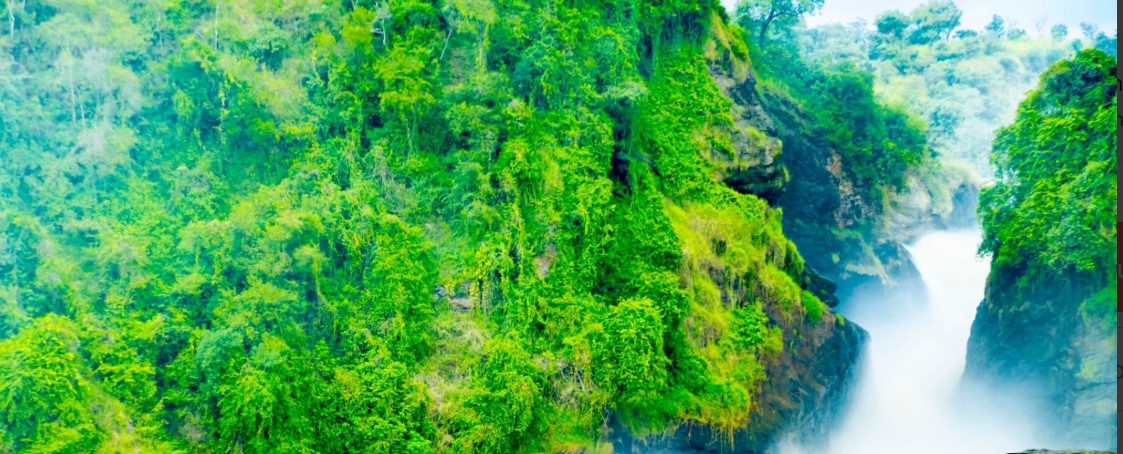Can I Visit Uganda’s Parks Without a Guide?
Uganda, often referred to as the “Pearl of Africa,” is home to some of the most breathtaking national parks in the world. From the mist-covered peaks of the Rwenzori Mountains to the vast savannahs of Queen Elizabeth National Park, Uganda offers a diverse range of landscapes and wildlife that attract nature enthusiasts and adventurers alike. But a question that often arises for travelers is: Can I visit Uganda’s parks without a guide?
While it’s tempting to venture out and explore Uganda’s parks independently, the answer isn’t as simple as a yes or no. The experience of visiting Uganda’s national parks can vary greatly depending on the park, your personal experience, and what you hope to achieve from your visit. In this article, we’ll explore the practicalities and the advantages of having a guide during your visit to Uganda’s parks. Ultimately, this guide aims to provide you with all the information you need to make an informed decision about whether or not to venture into Uganda’s wild landscapes without a guide.
The Beauty of Uganda’s National Parks
Uganda’s national parks are a treasure trove of biodiversity. With over 10 national parks spread across the country, each offering unique experiences, Uganda is a dream destination for nature lovers. The most famous of these parks include:
Bwindi Impenetrable Forest: Known for its population of endangered mountain gorillas, Bwindi is a UNESCO World Heritage site and a must-see for anyone interested in primate trekking.
Queen Elizabeth National Park: Famous for its diverse landscapes and wildlife, including the famous tree-climbing lions, and a rich birdlife.
Murchison Falls National Park: Home to the spectacular Murchison Falls, where the Nile River forces its way through a narrow gorge.
Kibale Forest: Known for its chimpanzee tracking, this park offers a chance to get up close with our closest relatives in the wild.
Mgahinga Gorilla National Park: A small but important park for gorilla trekking and home to the endangered golden monkey.
Each park offers a distinct experience, from encountering rare wildlife to exploring ancient forests and rugged terrains. But can you navigate these parks on your own without a guide? Let’s explore.
Why You Should Consider Hiring a Guide
1. Safety and Security
Uganda’s national parks are home to wildlife that can be unpredictable and sometimes dangerous. Elephants, buffalo, lions, and other large animals roam freely in the wild, and even seemingly peaceful animals, like gorillas, can exhibit aggressive behavior if they feel threatened.
Guides are trained professionals who know how to navigate the parks safely. They are skilled in reading animal behavior and can ensure that you have a safe and enjoyable experience. In parks like Bwindi or Mgahinga, where gorilla trekking involves trekking through dense, rugged terrain, guides are indispensable for both your safety and to help you make the most of the experience.
2. In-depth Knowledge and Expertise
Uganda’s wildlife and ecosystems are complex and rich in biodiversity. A guide’s expertise can enhance your experience immensely. They can provide you with invaluable insights into the flora, fauna, and cultural history of the areas you visit. For example, on a bird-watching safari in Queen Elizabeth National Park, a knowledgeable guide can point out various bird species you might otherwise miss, explaining their behaviors, migratory patterns, and habitats.
Guides also help you appreciate the deeper connections between the landscape and wildlife, giving you a richer understanding of the environment. This expertise can transform an ordinary park visit into a meaningful and educational experience, something that’s hard to achieve when exploring alone.
3. Conservation Efforts
One of the major reasons why Uganda’s parks emphasize the need for guides is to promote conservation. The presence of guides helps to minimize human impact on the environment. They ensure that tourists follow park rules, respect wildlife, and do not disturb the delicate ecosystems. Without a guide, visitors might inadvertently damage the natural environment or even put themselves at risk by ignoring safety protocols.
Guides also help protect the parks by preventing poaching and illegal activities. By hiring a guide, you are contributing to the conservation efforts and helping to sustain Uganda’s incredible biodiversity for future generations.
4. Enhanced Wildlife Experiences
A guide can enhance your wildlife experience in ways you may not expect. When you’re walking through the forest or savannah, they can spot animal tracks, identify birds, or notice animal calls you might overlook. In many parks, guides will also help you track the movements of animals to ensure you get a chance to see them in their natural habitat.
For example, in places like Murchison Falls National Park, guides use their extensive knowledge of the park to track wildlife, ensuring you have the best chance of witnessing the majestic Nile crocodiles or the powerful Murchison Falls in their full glory.
Guides are also invaluable in parks like Bwindi, where tracking gorillas can take hours. Without a guide, it’s easy to get lost or miss seeing the gorillas altogether. A guide’s knowledge of the terrain and gorilla behavior is crucial in making sure you have the chance to spend time with these incredible creatures.
The Possibility of Visiting Uganda’s Parks Without a Guide
While it is technically possible to visit some of Uganda’s national parks without a guide, it’s not always recommended. In certain parks, like Queen Elizabeth or Murchison Falls, there may be well-established trails where independent exploration is possible, especially for experienced hikers. However, even in these parks, hiring a guide can significantly enhance the experience.
The biggest consideration when visiting without a guide is safety. Uganda’s national parks are remote, and cell service is often unreliable. If you become lost or encounter dangerous wildlife, it can be difficult to get help. Having a guide with you ensures that you have someone who knows the terrain, understands the wildlife, and can assist in emergencies.
Another consideration is the regulations of the park. For example, in parks like Bwindi and Mgahinga, gorilla trekking is strictly controlled, and permits can only be obtained through registered tour operators with guides. This helps to preserve the delicate gorilla populations and ensures the safety of both tourists and the gorillas. In such cases, a guide is not just an option but a requirement.
Conclusion: Should You Visit Uganda’s Parks Without a Guide?
In short, while it is technically possible to visit some of Uganda’s parks without a guide, it’s not advisable if you want to make the most of your experience. Uganda’s parks offer rare opportunities to see incredible wildlife and landscapes, but they also come with certain risks and challenges. Having a guide not only enhances your safety but also deepens your understanding and connection to the environment around you.
Guides play a pivotal role in ensuring that visitors have a safe, enriching, and responsible experience in Uganda’s parks. Whether you’re trekking with gorillas in Bwindi, bird watching in Queen Elizabeth, or hiking in the Rwenzoris, a guide’s presence can transform your adventure into something extraordinary.
So, the next time you plan your trip to Uganda, consider hiring a guide to enhance your experience. Not only will you be ensuring your safety, but you’ll also be supporting local conservation efforts and contributing to the sustainability of Uganda’s natural heritage. After all, there’s no better way to truly connect with the beauty of Uganda than with the guidance of a knowledgeable and passionate local expert.





